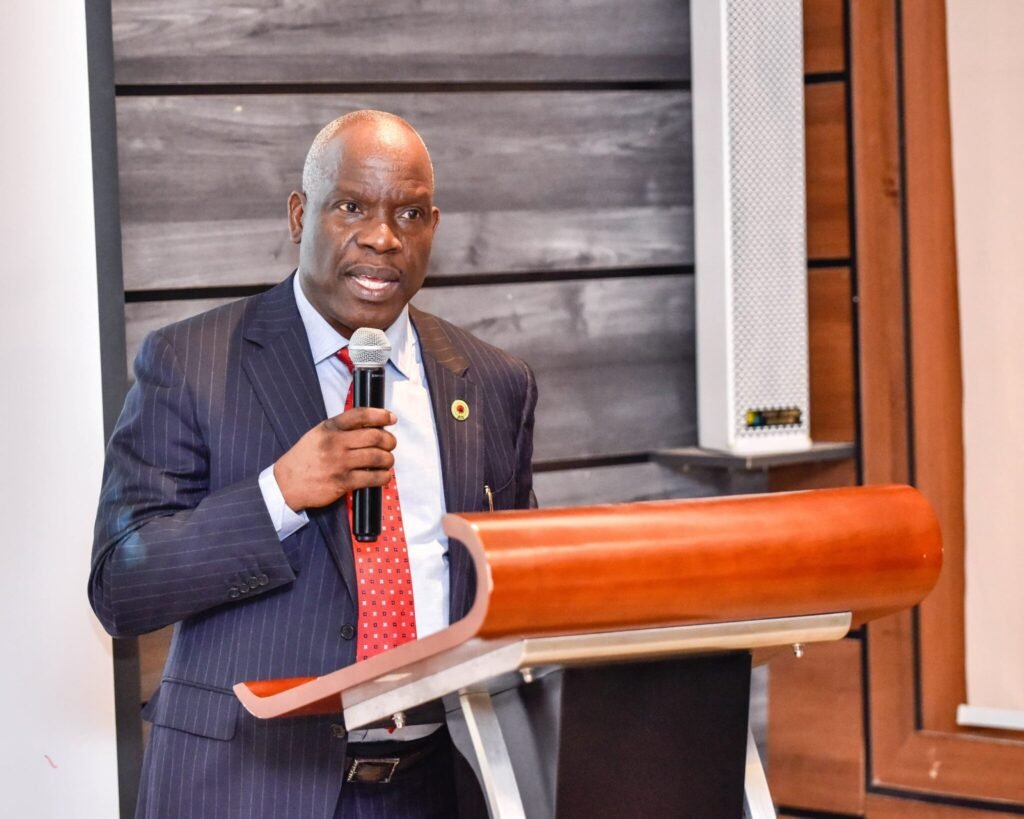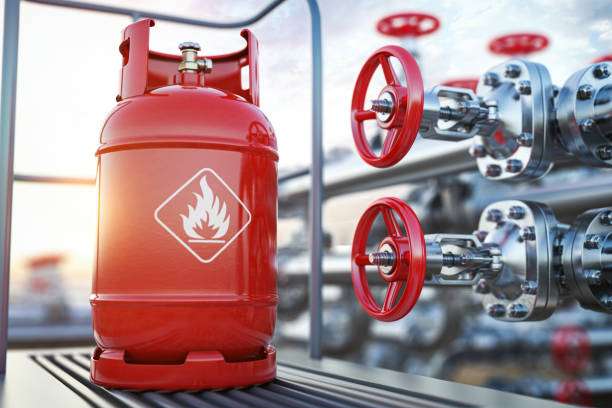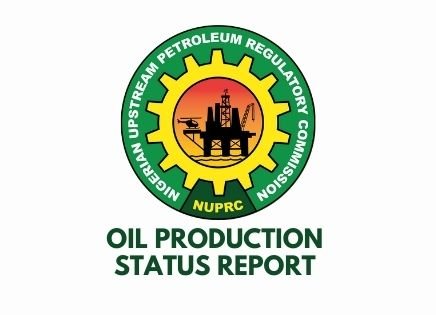Nigeria has achieved a significant breakthrough in its energy sector, recording a sharp reduction in gas flaring even as national gas production continues to climb.
According to the Nigerian Upstream Petroleum Regulatory Commission (NUPRC), gas flaring dropped to 7.16% in July 2025, its lowest level in recent years, despite daily gas production rising to 7.59 billion standard cubic feet per day (BSCFD).
In a report issued, the Commission described the development as a “rare milestone” that demonstrates Nigeria’s ability to simultaneously expand output and reduce waste.
“The simultaneous growth in output and decline in flaring underscores the Commission’s drive to boost production while advancing its 2030 zero-flare commitment.”
Nigerian Upstream Petroleum Regulatory Commission (NUPRC)

NUPRC highlighted that Nigeria’s gas industry has maintained a steady upward trajectory over the past three years.
In July 2025, daily average production hit 7.59 BSCFD, representing an 8.58% increase compared to 6.99 BSCFD recorded in 2024, and a 9.84% increase from 6.91 BSCFD in 2023.
“This sustained rise in gas production confirms Nigeria’s commitment to positioning natural gas as a cornerstone of its energy transition and economic diversification agenda.”
Nigerian Upstream Petroleum Regulatory Commission (NUPRC)
The figures point to renewed momentum in the sector, following years of underperformance caused by infrastructure gaps, regulatory delays, and underinvestment.
Progress in Gas Flare Reduction

Equally significant has been the decline in flaring levels. Despite the increase in output, gas flaring fell from 7.55% in 2024 and 7.38% in 2023 to 7.16% in July 2025, continuing a downward trend that NUPRC credits to stricter monitoring and enforcement.
“The reduction in gas flare was recorded despite the steady increase in production, reflecting the Commission’s unwavering commitment to end routine gas flaring by 2030.”
Nigerian Upstream Petroleum Regulatory Commission (NUPRC)
To achieve this target, NUPRC has rolled out several initiatives, including the Nigerian Gas Flare Commercialisation Programme (NGFCP), which converts flare gas into useful energy, and a Decarbonisation and Sustainability Blueprint to integrate green practices into oil and gas projects.
Other measures include promoting Carbon Capture and Storage (CCS) and requiring operators to comply with the Upstream Petroleum Decarbonisation Template (UPDT) during project planning.
In addition to flare reduction, Nigeria has also improved compliance with its Domestic Gas Delivery Obligation (DGDO). In July 2025, DGDO performance reached 72.5%, up from 71.8% in June.
Earlier in the year, performance had fluctuated between 70.8% and 73.7%, but the July result marks a consistent improvement that suggests operators are beginning to align more closely with national energy supply objectives.
“Gas utilisation data shows that, year-to-date as of July 2025, 35.88% of production was channelled to export sales, 27.82% to the domestic market, while 29.13% was utilised for field and plant operations such as fuel, gas lifting, and reinjection.”
Nigerian Upstream Petroleum Regulatory Commission (NUPRC)
Contract Types and Utilisation Patterns

Data released by NUPRC also showed the breakdown of gas production by contract type.
Marginal Sole Risk operations accounted for 63% of output, while Production Sharing Contracts (PSCs) delivered 24%. Joint Ventures (JVs) contributed 10%, and Sole Risk operators made up the remaining 3%.
This breakdown reflects the growing role of smaller, independent players in driving Nigeria’s upstream gas expansion, even as international oil companies scale back onshore operations.
A major highlight of the July performance was the boost in Gas-to-Power supply, which rose by 3.48% month-on-month, from 833.86 million standard cubic feet per day (MMSCF/D) in June to 862.86 MMSCF/D in July 2025. This marks the highest supply level in three months.
Gas-to-Power supply has shown fluctuations in 2025, starting at 780.23 MMSCF/D in January, climbing to 886.83 MMSCF/D in March, dipping slightly in May and June, and recovering in July.
According to the Commission, this trend reflects ongoing efforts to stabilise power generation by ensuring more consistent gas deliveries to electricity plants across the country.
Industry analysts see the July 2025 performance as evidence that Nigeria is making progress towards its dual objectives of boosting production while transitioning to cleaner energy practices.
For years, Nigeria was one of the world’s top gas flarers, losing billions of dollars annually in wasted resources and environmental damage. The latest data suggests a turning point, with NUPRC’s regulatory framework beginning to bear fruit.
With a 2030 deadline to eliminate routine flaring, Nigeria’s ability to maintain this trajectory will be critical not only for climate commitments but also for attracting international investment in its gas sector.
READ ALSO: A Smart Move to Save the Cedi – Women in Forex Ghana Prez Hails BoG Directive



















